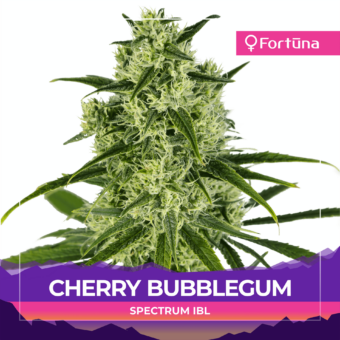v
Minnesota Hemp Seeds
Buy Feminized Hemp Seeds For The State Of Minnesota
CBD Hemp Seeds For Growing In Minnesota
It is legal to grow hemp in Minnesota as of 2015 and the Minnesota Pilot Program. Commercial hemp production became legal in the state in January 2020.
Compliant hemp growers must have all proper licensing and comply with Minnesota State hemp cultivation laws.
Get Licensed to Grow Hemp in Minnesota
It is too late to apply for a license to grow hemp in Minnesota in 2020. Licenses expire on 31st December and require annual renewal. The Minnesota Department of Agriculture will accept license applications for the 2021 growing season beginning in September 2020.
First-time applicants must supply a fingerprint card (provided by the Minnesota Department of Agriculture) and pass a criminal background check. The applicant must also pay all applicable fees, including a $150 Grower License fee and an additional $250 per registered grow site.
Changes to registration require the submission of a Hemp Pilot Program Change Request Form plus an additional $50 fee.
Buy Minnesota Hemp Seeds
Licensed Minnesota hemp growers who plan on cultivating hemp for CBD must only buy feminized hemp seeds. Feminized seeds are preferable because they deliver a higher cannabinoid yield and a better quality product.
Only those registered with the Minnesota Crop Improvement Association’s seed certification program can produce certified Minnesota hemp seeds. Those who produce CBD seeds to distribute must have a Seed Permit and a quality control system in place.
Growing Hemp in Minnesota
The best time to plant CBD seeds in Minnesota is between mid-May and mid-June and after the last danger of frost has passed. The hemp grower will plant around 1,000 to 2,000 CBD hemp seeds or plants per acre. Moreover, hemp is an ideal plant to use as part of a crop rotation system.
Growers must give the Minnesota Department of Agriculture access to hemp plants for inspection and sampling as and when required.
The hemp grower must take reasonable steps to ensure hemp crops are secure and not at risk for theft. However, there are no fencing or barrier requirements associated with the hemp program. An ideal solution for hemp crop protection is the use of greenhouses. Please note that it is illegal to cultivate hemp on residential property in Minnesota.
It is best to test hemp crops regularly throughout the growing season to ensure hemp crop compliance. Regular testing helps growers monitor cannabinoid development so they can notify the Department with ample time to harvest. Many growers test crops weekly through third-party testing labs. Test results must be sent to the Minnesota Department of Agriculture by November in a Final Report.
Harvesting Hemp in Minnesota
Harvesting generally takes place between three and four months after planting. The hemp grower must notify the Minnesota Departure of Agriculture of their intention to harvest at least 30 days before the harvest date by sending a Planting/Harvest Report.
After receiving the Planting/Harvest Report, the Department will schedule a time to take 30 samples from each crop. The Department will remove cuttings will from the top two inches of the female flowers to determine the overall average THC content in the area. However, the Department cannot take cuttings cannot unless at least 75 percent of the plants are flowering.
Tested samples must prove that the hemp contains less than 0.3 percent tetrahydrocannabinol (THC). If the samples pass that test, the Department will issue a Fit For Commerce certificate to the grower. It is illegal to sell or transfer ownership of a hemp crop without this certificate.
If the samples fail THC testing, the grower may request a retest at his or her cost. If a hemp grower decides not to have the samples retested, or if the samples fail the test a second time, the grower must destroy the noncompliant crop.
Find Out More
You can find out more about hemp cultivation in the US by visiting the Agricultural Marketing Service website. To learn more about the Arizona Department of Agriculture’s Industrial Hemp Program, visit their website. You can also contact us to learn how we can help.




